Review by guest blogger and Standing on My Head book reviewer Christian LeBlanc.
I love history. And I also love not just books about history, but reference books about history. They clog my bookshelves because I learned it’s cheaper to own them than check them out of the library over and over again. They do tend to be big, though. I just got up from my chair and grabbed a few favorites that gather no moss: The Story of Civilization by Will and Ariel Durant (12,000 pages); Natasha’s Dance, a Cultural History of Russia by Orlando Figes (700 pages); A History of Architecture by Sir Banister Fletcher (1,600); 30,000 Years of Art, collaborative (1,000); and Europe, by Norman Davies (1,400). What can I say: big thinking requires big writing- right?
Now I have to digress a bit about that last book, Norman Davies’ Europe. His history of Europe isn’t like other histories of Europe. Unlike the others, Europe has, in supplement to its chronological text, a sprinkling of hundreds of small essays called capsules. Each one reaches forward and back in time, and beyond Europe when appropriate; but each is especially relevant to something on the same page as the capsule. Even after 15 years, I’ll still pull Europa down and randomly browse a few capsules, such as Adelante, Fatima, and Szlachta.
Europe set a new standard for me for reference history books. Not just for the capsules, but the capsules themselves were reason enough. [What other reasons? Go check out the book and see.] But suppose you aren’t a maniac about European history- or any history? Can’t such subjects be competently covered in, say, a mere 500 pages? Thinking big- but writing small?
I like that number 500, because Fr. Robert Barron’s Catholicism series on DVD recently gave a worthy answer to the question, “how does one treat Catholicism in all its aspects in only 500 minutes?” One approach would be to spend 15 seconds on each of 2,000-odd years. That would be thorough in a punctilious way- but would anyone learn anything that mattered? Probably not. But half of the fun in watching Fr. Barron is to appreciate not only what he chose to talk about; but also what he excluded. Every second had to count. It was that carefully edited. (I’m optimistically assuming every one of you Dear Readers has seen it.) But being a reader as well as a watcher, you now want to know about treating Catholicism in all its aspects in only 500 pages.
Last week I started reading James Hitchcock’s History of the Catholic Church. It’s subtitled From the Apostolic Age to the Third Millennium. It thinks big. But it’s only…wait for it…500 pages long, 4 years per page! Just kidding: it’s 500 pages, and it takes the small-essay concept of Europe’s capsules; and expands it into an entire history. In other words, what one normally expects in a history book, pages of narrative, is replaced by a timeline stream of digestible individual articles. I was joking about 4 years per page, but the articles are about 4 to the page. For example in the “Reform and Counter-Reform” chapter, p. 297 lists these: Protestant Divisions, The Tridentine Spirit, The Baroque, and Patrons. They may be read as freestanding articles; but they’re arranged to lead from one to the next, and cohere over the span of the chapter into a comprehensive understanding of the whole period.
History is a unique joy. Pick an era, browse the subtitles in the margins. Stop on one that strikes you. Read that article for a couple of minutes. Proceed to the next one, or jump to another page. History is less of a braid, running from top to bottom; and more of a long tapestry, going back and forth as well as up and down. And like Barron’s Catholicism, each few minutes of information has been carefully edited into a self-contained little essay, a thought capsule, to use Europe’s term. For example, I just read Hitchcock’s capsule on Fr. Damien of Molokai. 230 words don’t just tell us why he matters, but draw an empathetic portrait of the saint that unexpectedly pricks my heart, as Chaucer would say. Like Catholicism, in History every second, every word counts, sometimes movingly so.
The structure of the book aside, History’s content reflects the mind of the Church. That is, it covers what matters to the Church, and how the Church matters to the World; and does so from a Catholic perspective. That’s not to say the book isn’t critical of the Church, it is; but its critiques are orthodox.
Theology, Scripture, politics, people, art, society, philosophy, architecture, music, science, and Church, are all treated by 2,000 or so interrelated chunks in a mere 500 pages. In its comprehensive and compact wholeness, Hitchcock’s History is both Catholic; and catholic.


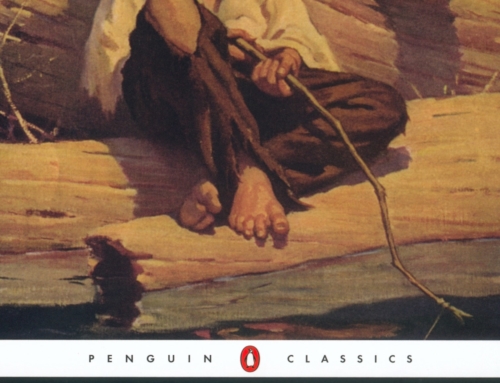
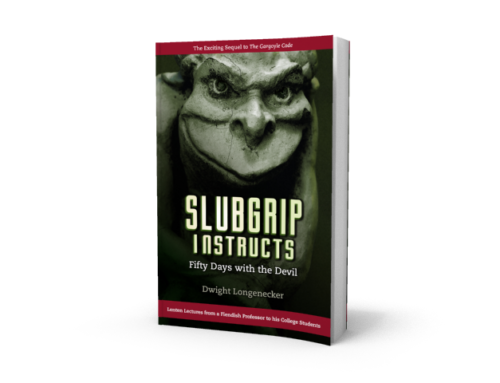
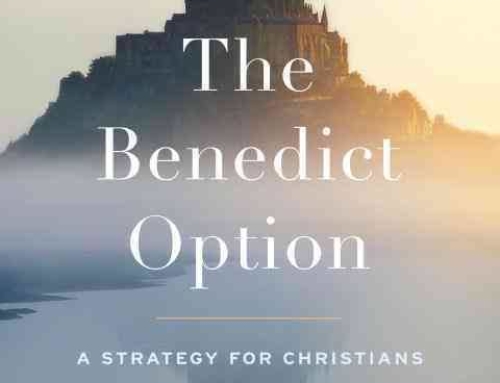
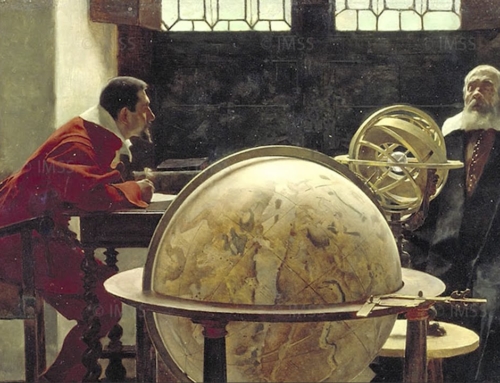
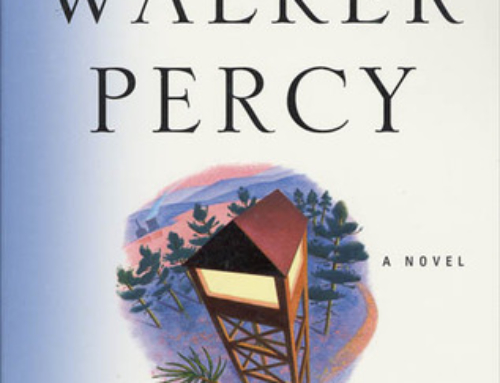
Leave A Comment
You must be logged in to post a comment.